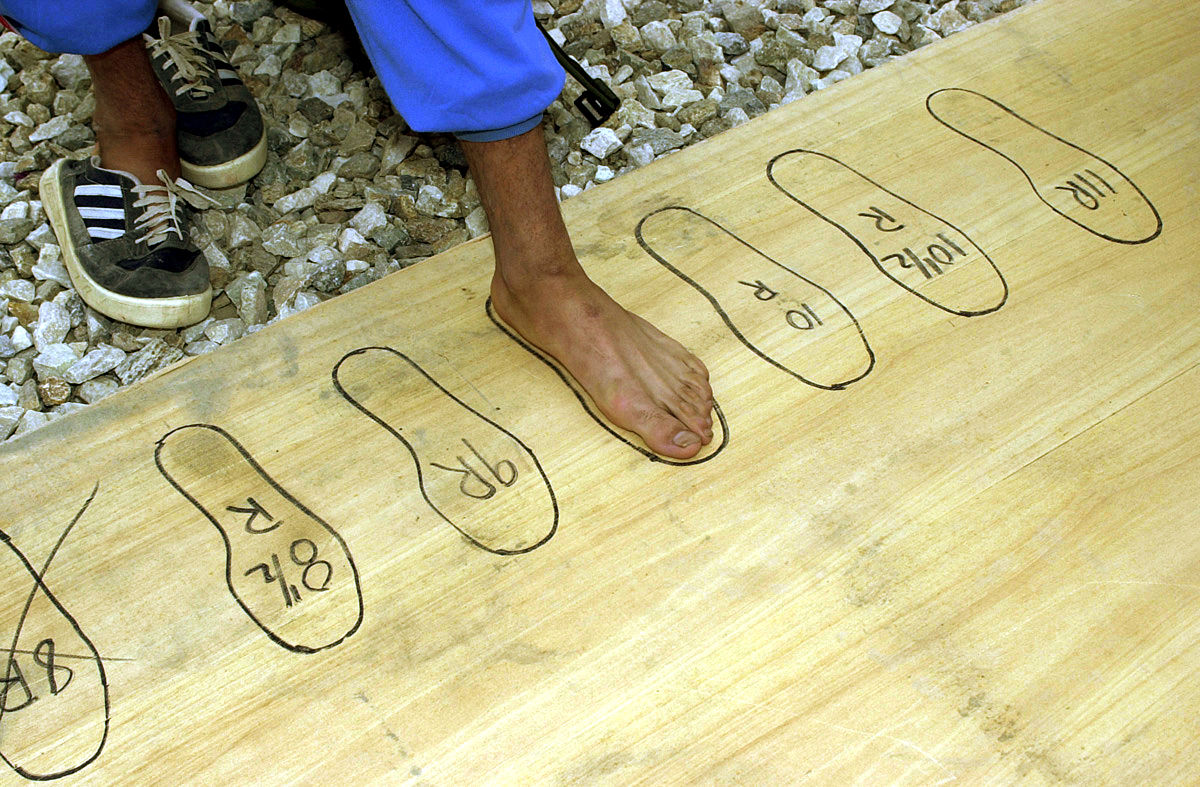- Time of past OR future Camino
- Recent:Norte/Muxia- Spring '23
MadridWay- Fall '23
There is lots of information and opinions regarding shoe types for the Camino...hiking shoes, hiking boots, trail runners, waterproof, etc. As far as shoe size goes, many walkers recommend going up a full shoe size to accommodate swollen feet and to avoid black toes on the downhills. I do not seem to struggle with swollen feet but have not walked in the heat of summer. I do need new shoes this year for my upcoming spring Camino as my previous pair does not have enough tread left. I have been very happy using trail runners and have been trying out a few different pairs.
My problem is that if I go up a full size, then my heel wants to lift up out of the shoe's heel no matter how tight I do the laces, and the toe box seems so roomy I fear I would get blisters from my foot moving around as I walk. I really do not understand the thinking on going up a "full size". Anyone else experience the same problems as me? I'm thinking I'll just go up a half size and call it a day.
My problem is that if I go up a full size, then my heel wants to lift up out of the shoe's heel no matter how tight I do the laces, and the toe box seems so roomy I fear I would get blisters from my foot moving around as I walk. I really do not understand the thinking on going up a "full size". Anyone else experience the same problems as me? I'm thinking I'll just go up a half size and call it a day.



















